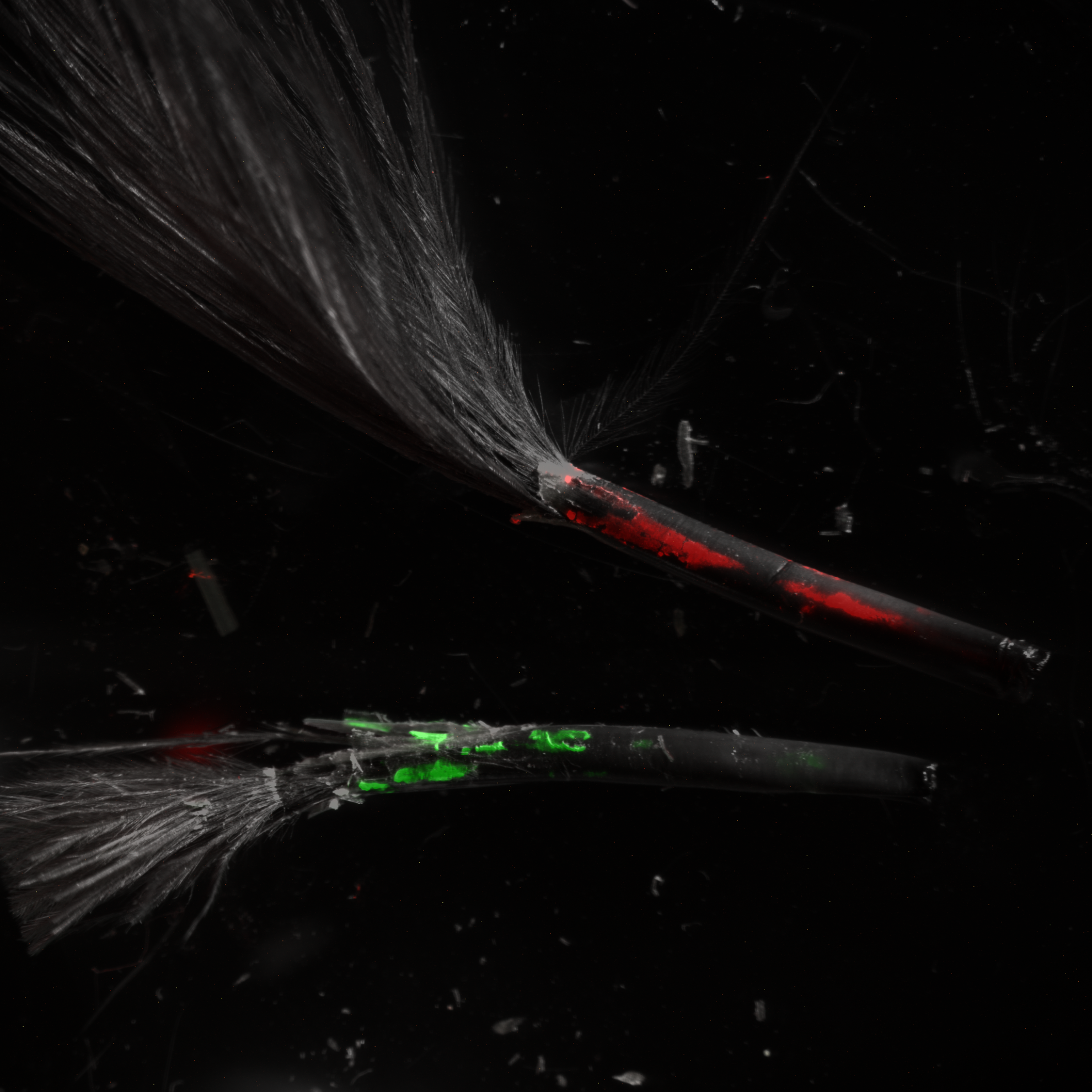Identification of the receptor and cellular ortholog of the Marek's disease virus (MDV) CXC chemokine
Marek's disease virus (MDV) is a cell associated alphaherpesvirus that causes fatal lymphoma in chickens. One factor that plays a crucial role in MDV pathogenesis is the viral CXC chemokine vIL-8 that was originally named after chicken interleukin 8 (cIL-8). However, a recent study demonstrated that vIL-8 recruits B cells and a subset of T cells but not neutrophils, suggesting that vIL-8 is not a cIL-8 orthologue. In this study, we set to identify the cellular orthologues and receptor of vIL-8 using in silico analyses, binding and chemotaxis assays. Sequence and phylogenetic analyses of all chicken CXC chemokines present in the recently published chicken genome revealed that vIL-8 shares the highest amino acid similarity with the CXCL13L1 variant. To evaluate if vIL-8 and CXCL13L1 are also functional orthologues, we assessed their binding properties and chemotaxis activity. We demonstrated that both vIL-8 and CXCL13 variants bind B cells and subsets of T cells, confirming that they target the same cell types. In addition, the chemokines not only bound the target cells but also induced chemotaxis. Finally, we identified CXCR5 as the receptor of vIL-8 and CXCL13 variants and confirmed that the receptor is expressed on MDV target cells. Taken together, our data demonstrate the conservation of the receptor-ligand interaction between CXCR5 and CXCL13 and shed light on the origin and function of the MDV-encoded vIL-8 chemokine, which plays a crucial role in the pathogenesis of this highly oncogenic virus.
